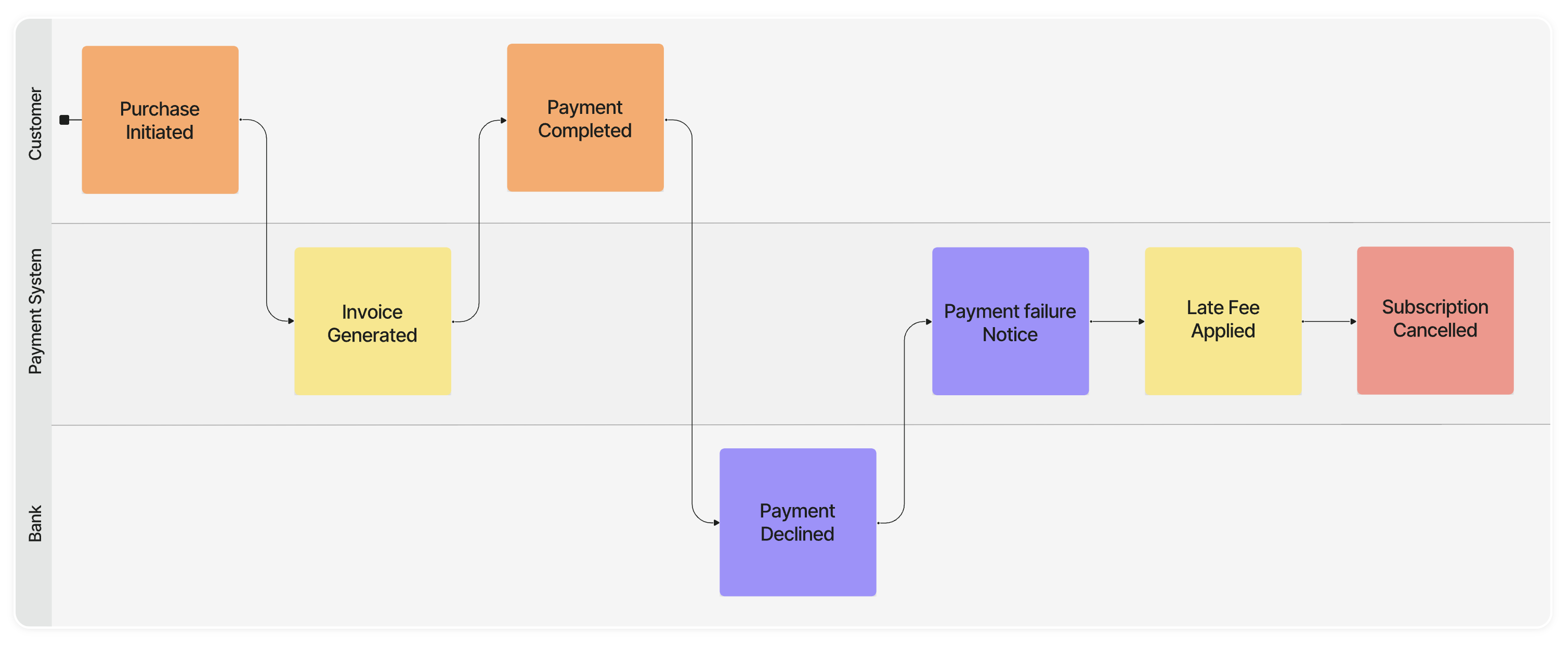

In my career developing enterprise software for organizations of all sizes, I’ve repeatedly seen one common struggle: lack of internal alignment. Silos that don't work well together are what ultimately make digital transformation fail.
I've worked on projects I thought would succeed, only to see them fail. More than once, I took part in building solutions that were never used as intended—or never got used at all.
I recall one client where the goal was to replace their document-based process for creating offers with a new CRM system. Management wanted to gain more control and create better forecasts. The sales reps wanted to be able to share and reuse document templates.
We conducted interviews and turned over every stone to accommodate each department’s needs. We processed plenty of feedback. Still, to make a long story short, the project failed.
But why? We had done a solid job, right?
Well, there were red flags we missed. Some of the answers we received during the interviews were not consistent across departments. The organization didn't agree internally on who had the authority to choose suppliers and set prices in certain cases. So, we escalated these questions to top management, and they gave us the answers we asked for. This is where we went wrong.

It wasn’t until I saw Alberto Brandolini’s talk from DDD Europe 2019 (the inventor of EventStorming) that I fully understood the problem:
The organization is not aligned, and no one has the full picture of how it is supposed to work!
So, what is the solution? The challenge looks substantial. Do we need to align the whole organization before we can move forward? This sounds like change management, which sounds difficult.
This is where Event Storming comes in! Instead of waiting for miracles, Event Storming tells us what to do:
There are three main types of EventStorming workshops:
In our client example, Big Picture Event Storming would have been the way to go. There were more than 10 stakeholders from different departments who had to agree on key issues.
Before I knew about Event Storming, I was never able to facilitate a truly effective meeting with such a large audience. It either turned into complete chaos, or I had to run the meeting so strictly that I killed all creative discussion.
Big Picture Event Storming is highly effective for both small and large groups. It's designed to make everyone in the room see the big picture, not just their own silo. After agreeing on the big picture, it's surprisingly easy to resolve other issues.
An Event Storming session is a massive learning experience. When every person in the room agrees on the big picture, alignment tends to happen naturally. When we all understand each other's problems, there isn't much left to fight about.
You are almost guaranteed to leave a proper EventStorming session with:
Ready to break down silos and align your organization? Discover how an EventStorming session can help. Contact us today to learn more.
Here are a few links with more information:


